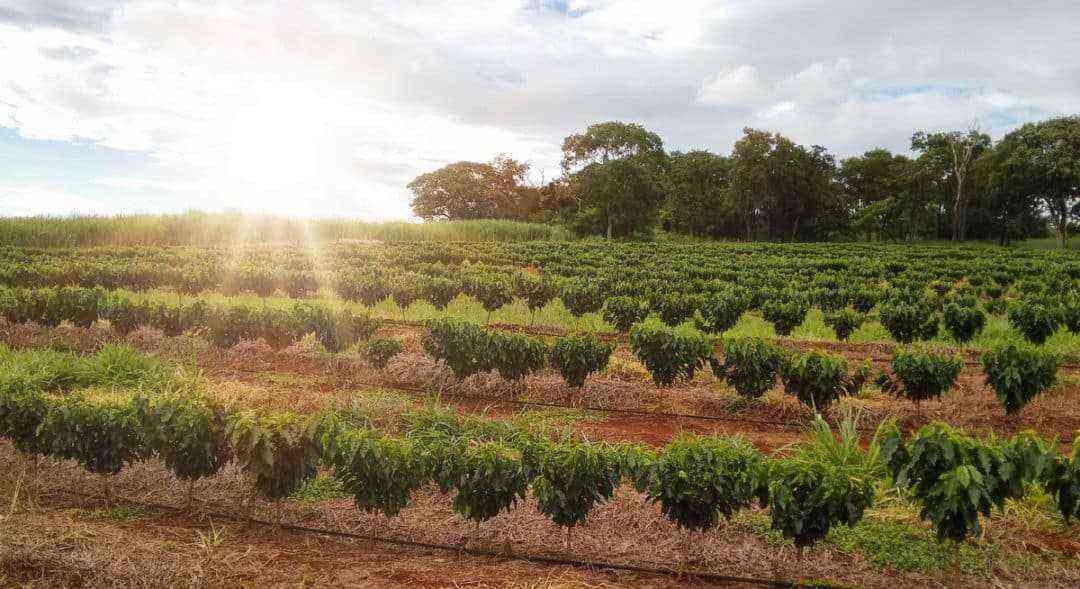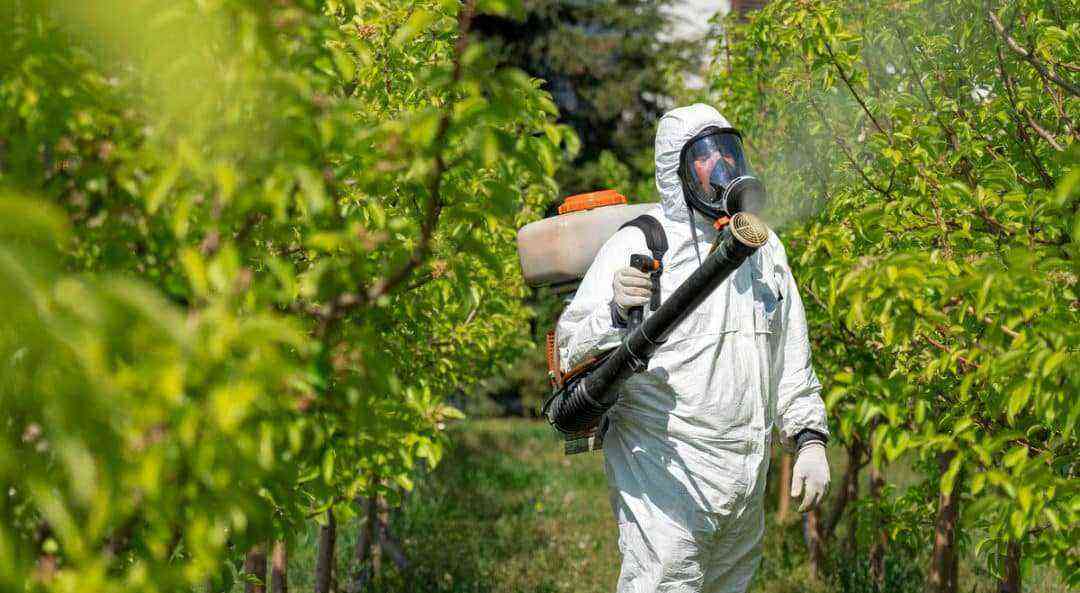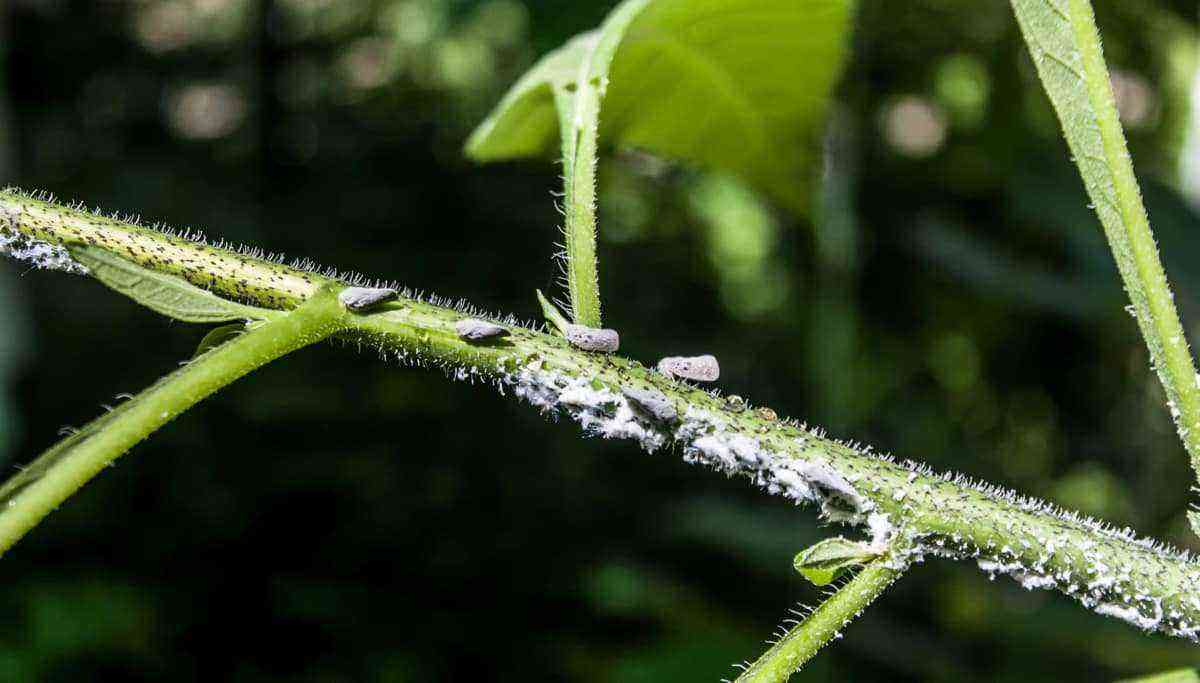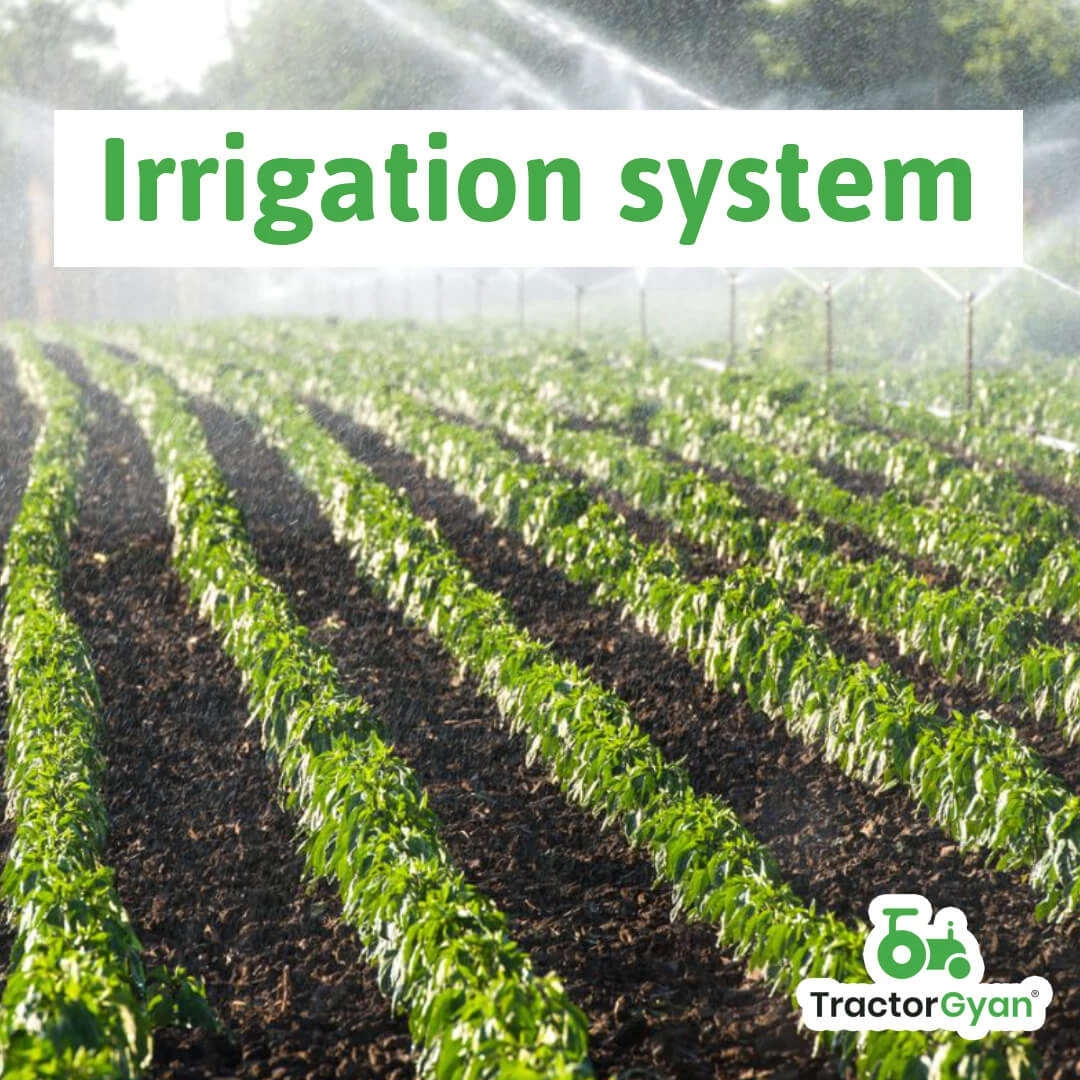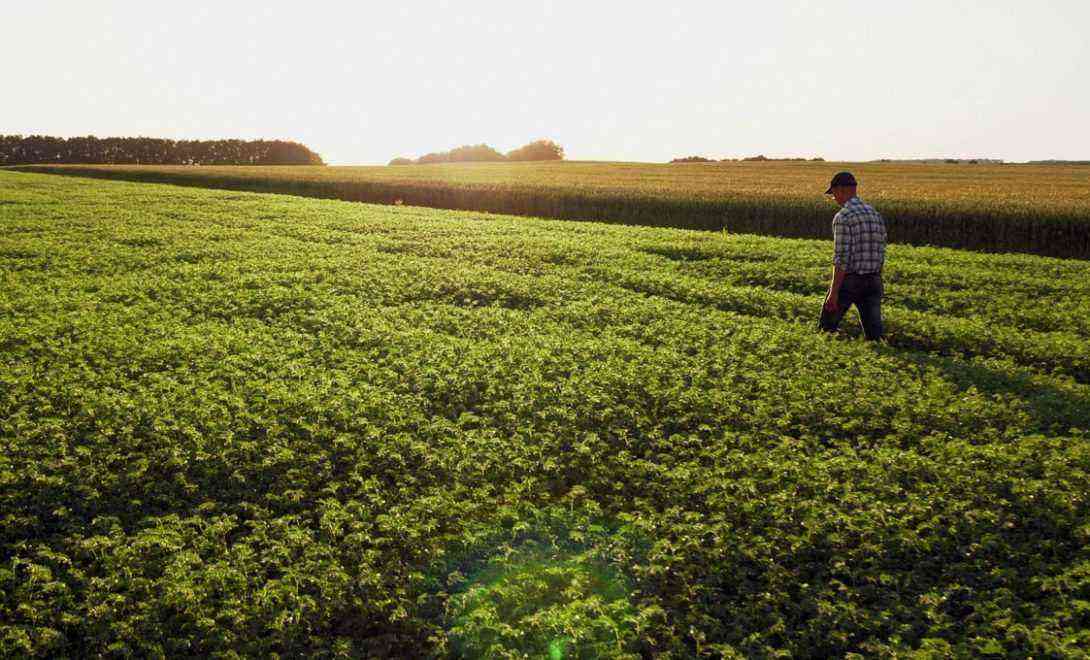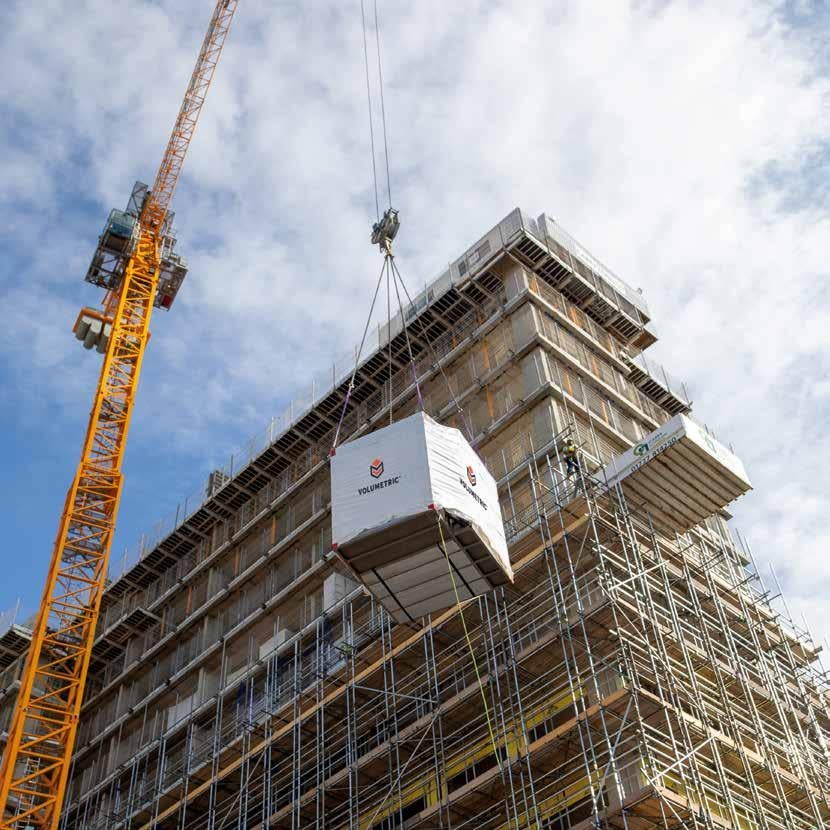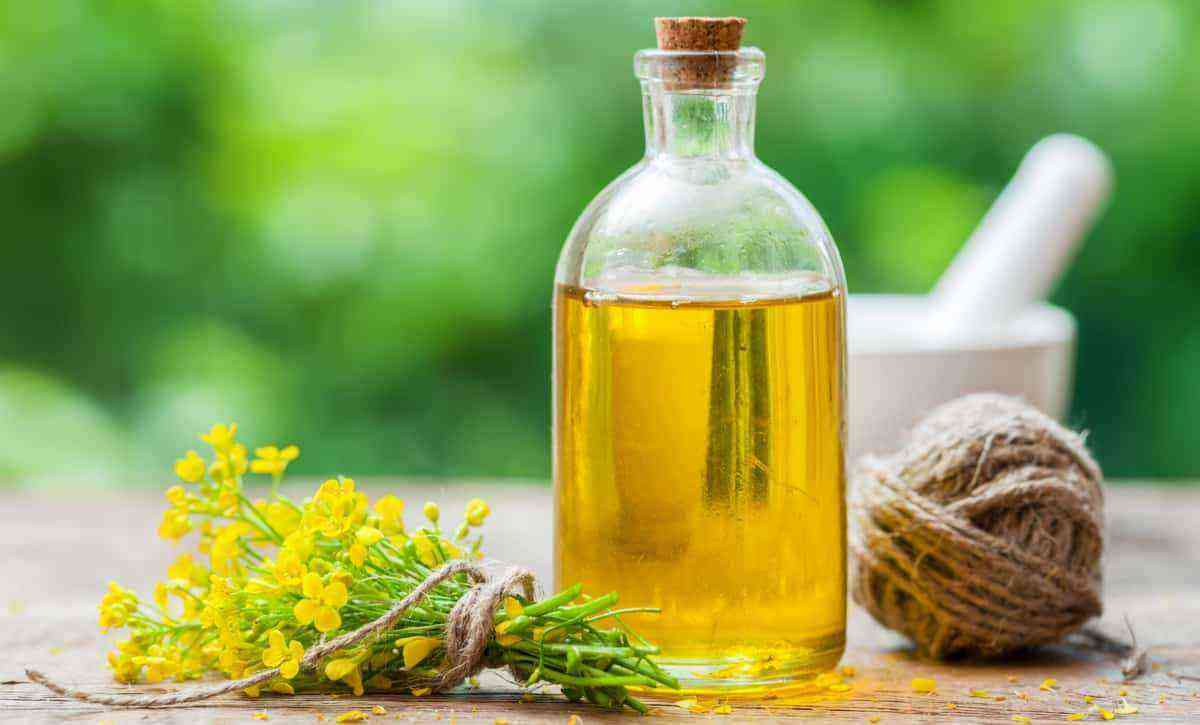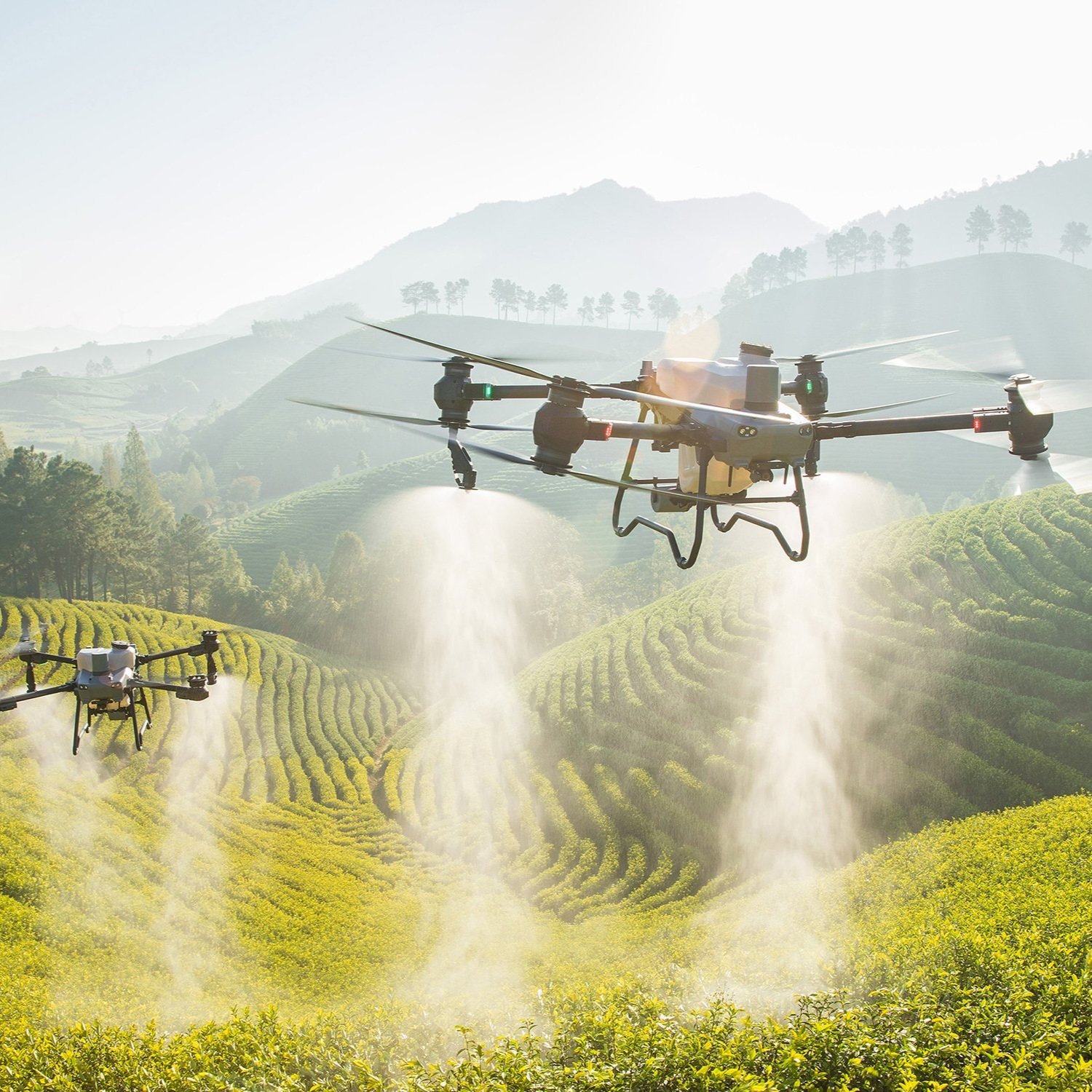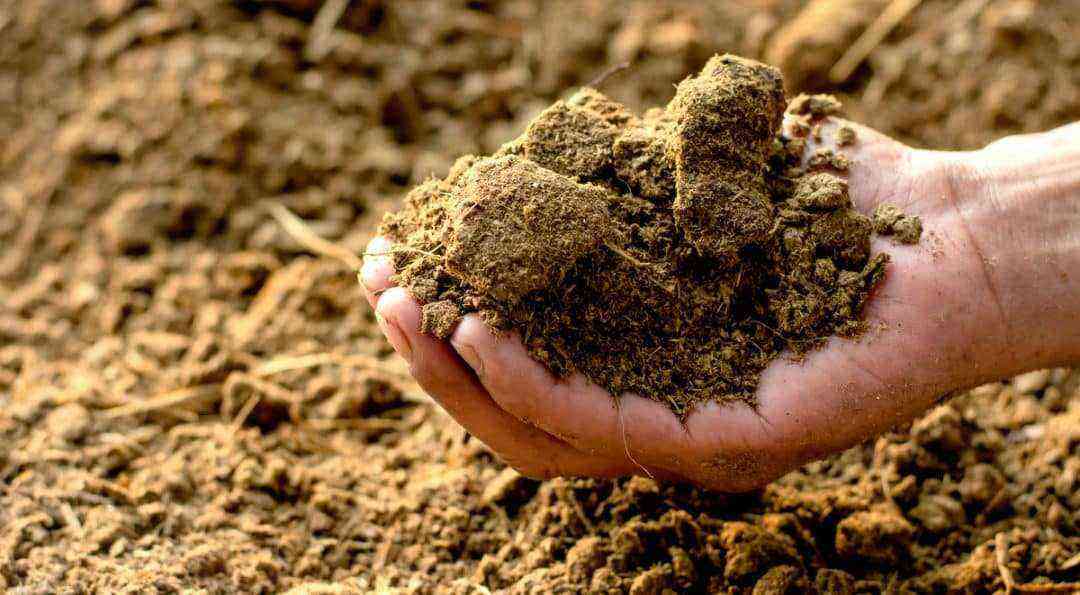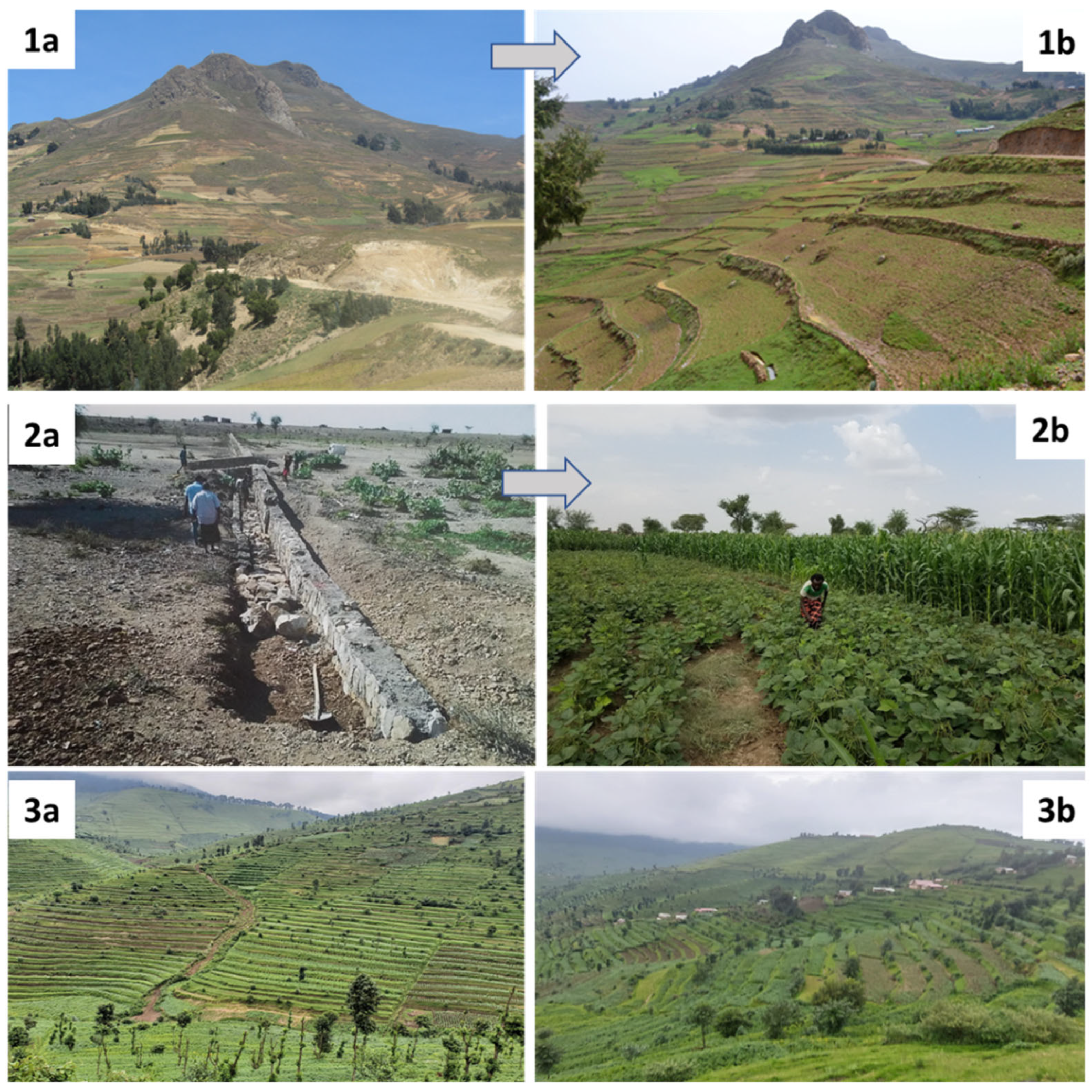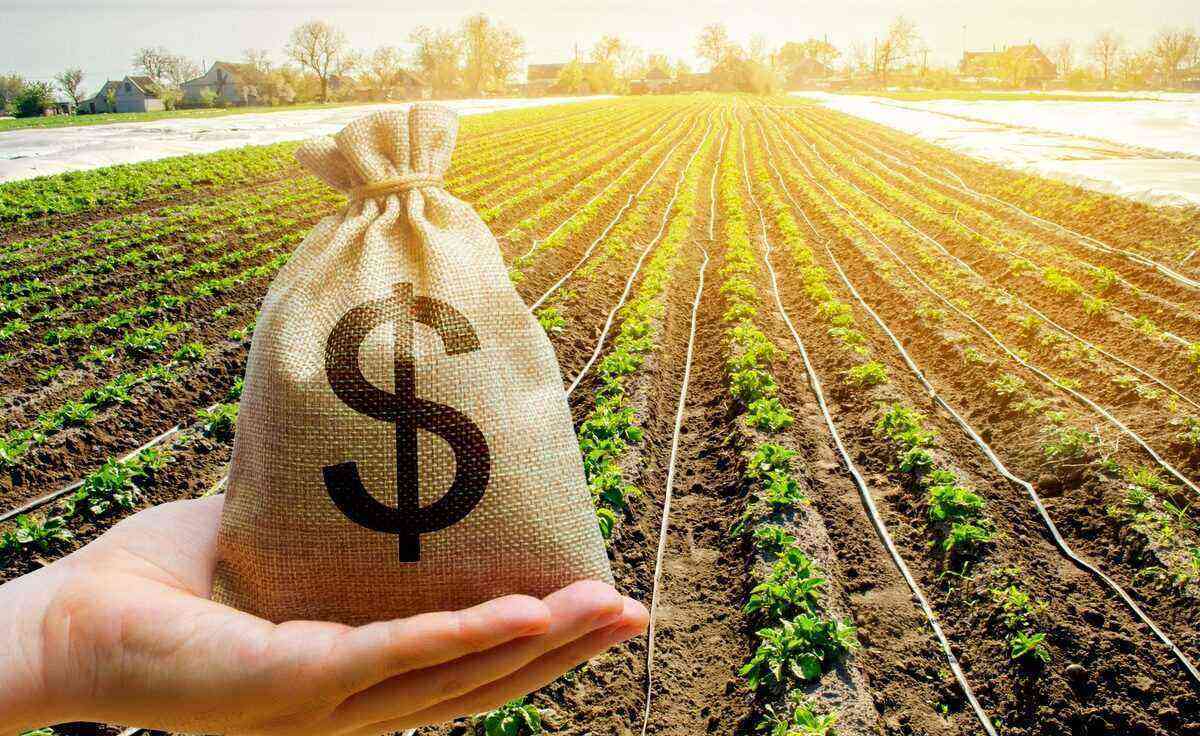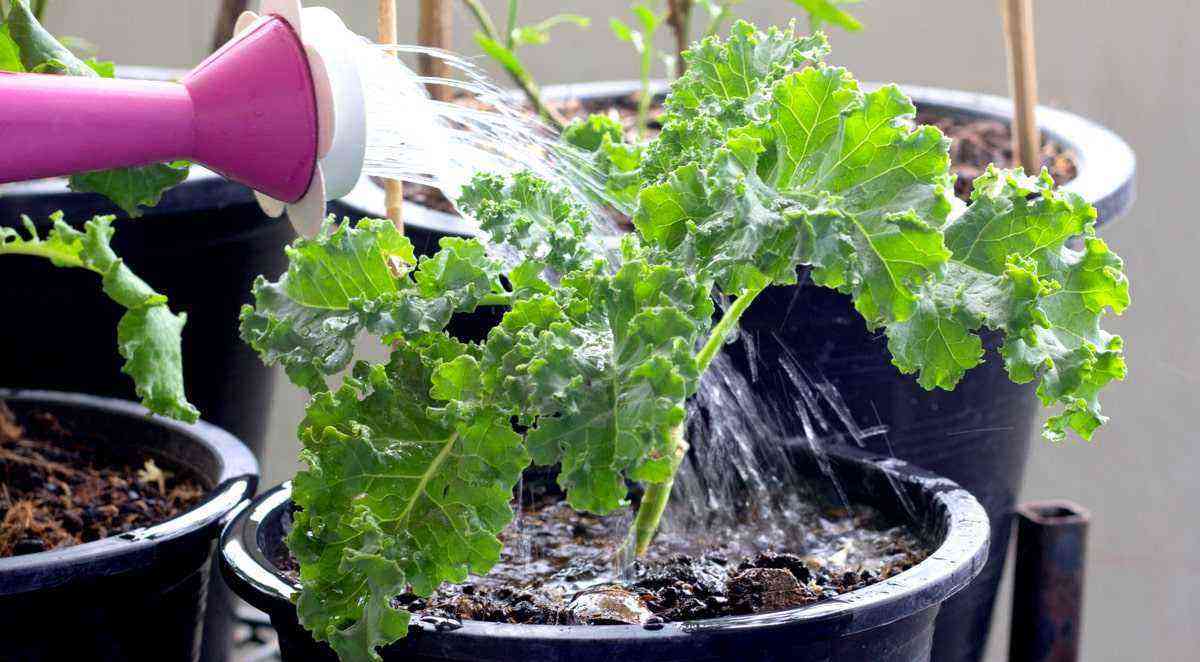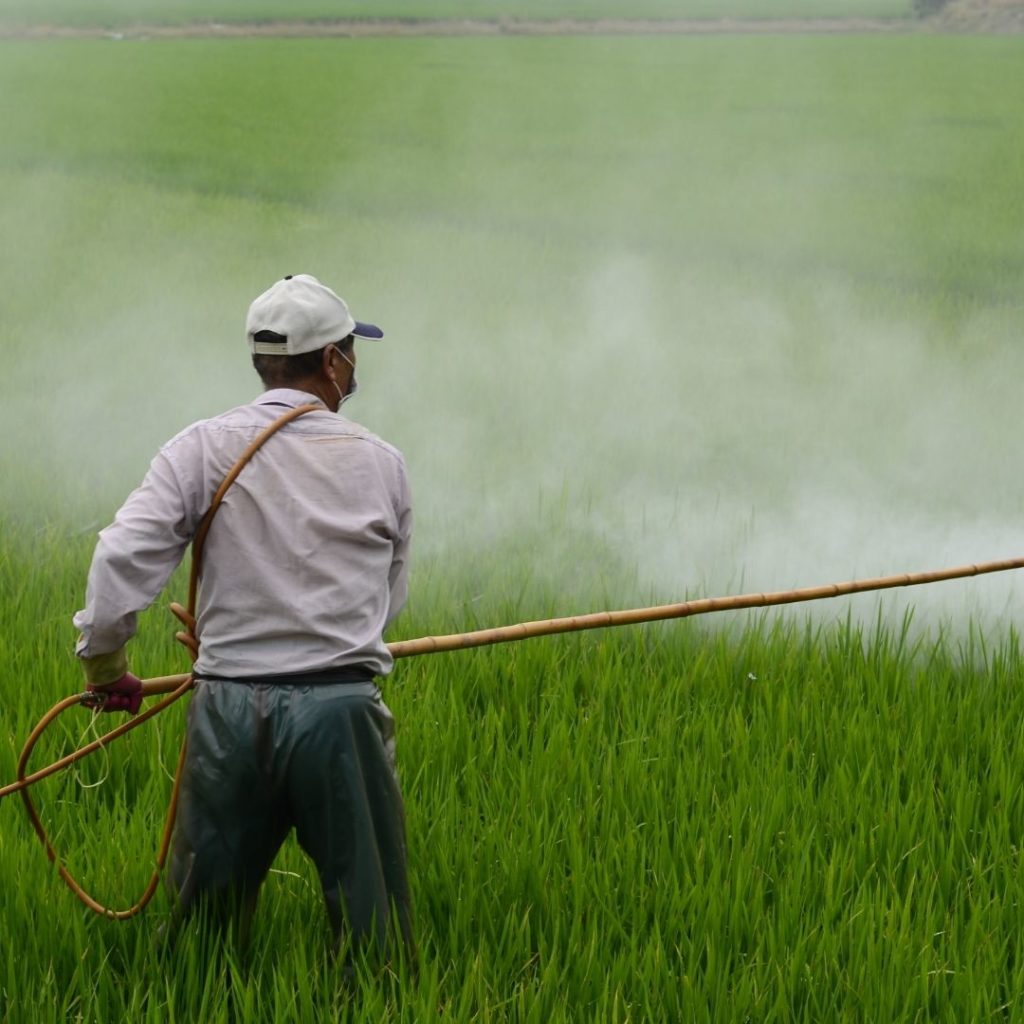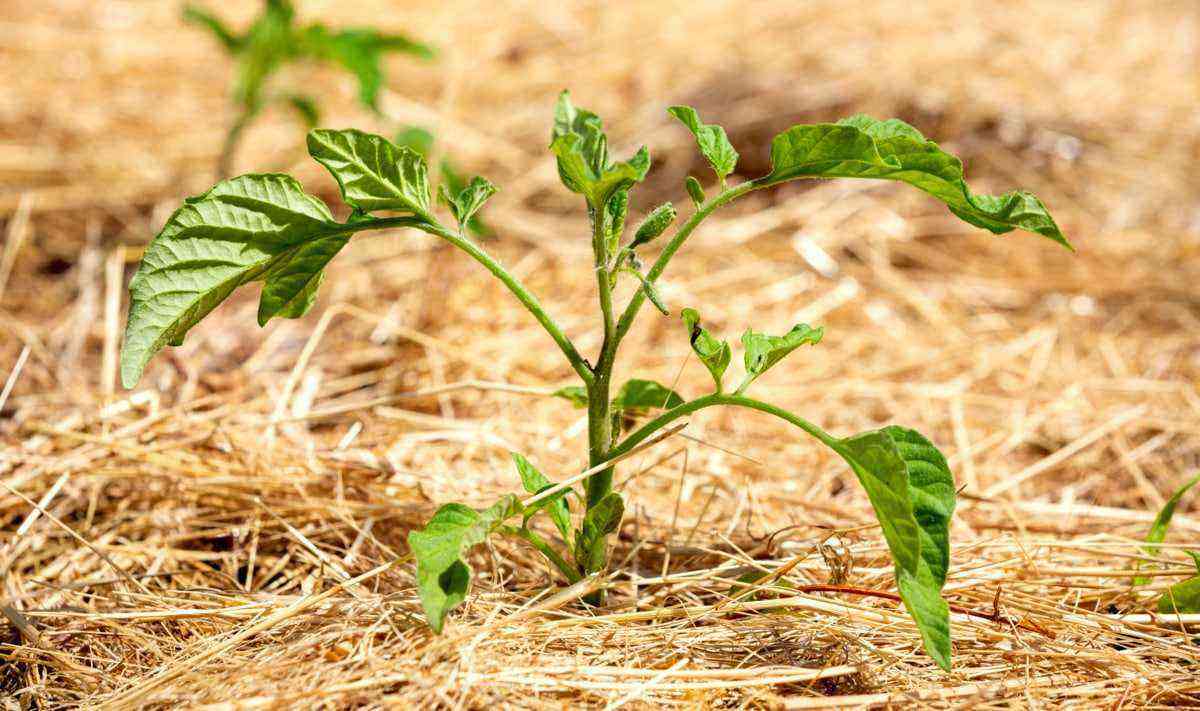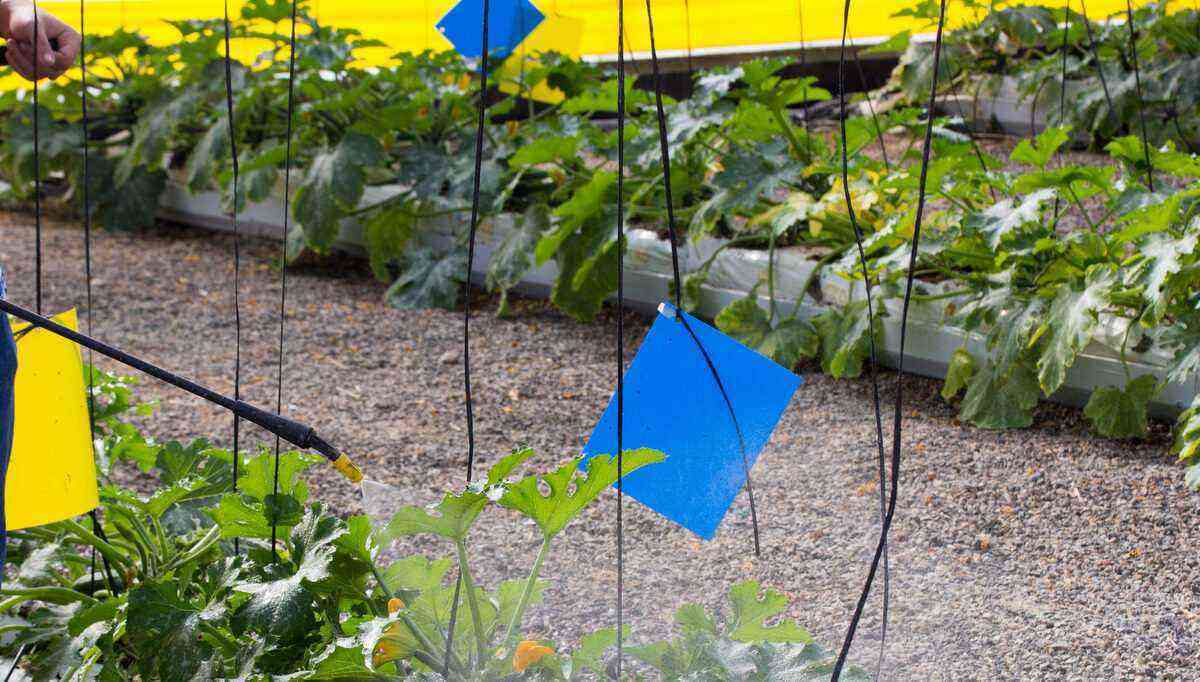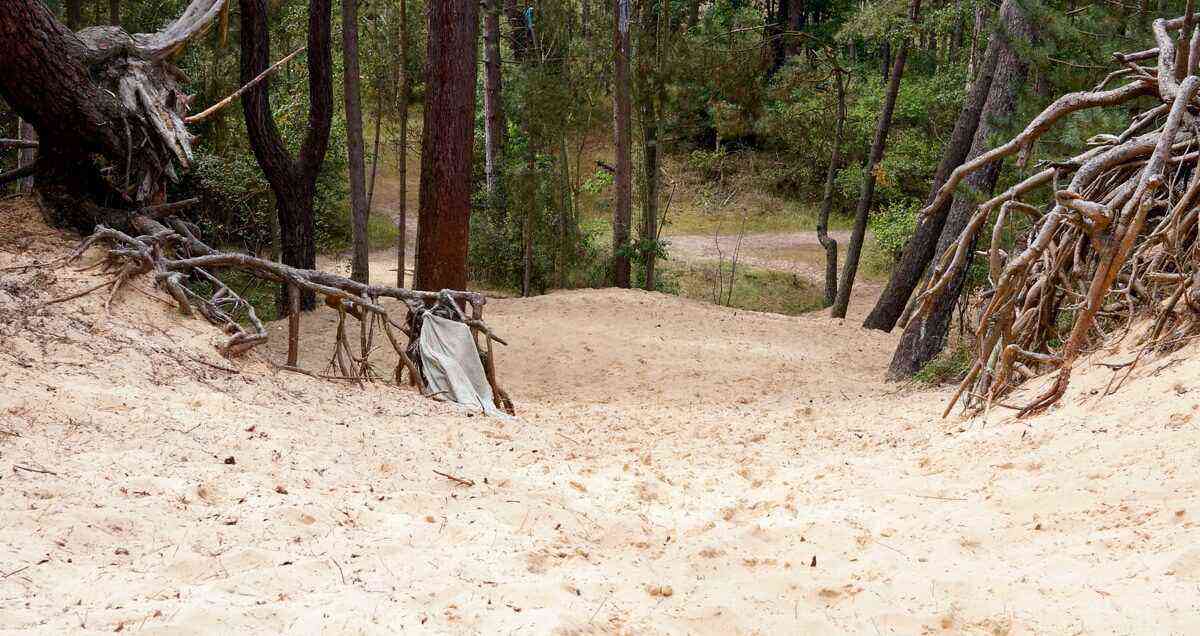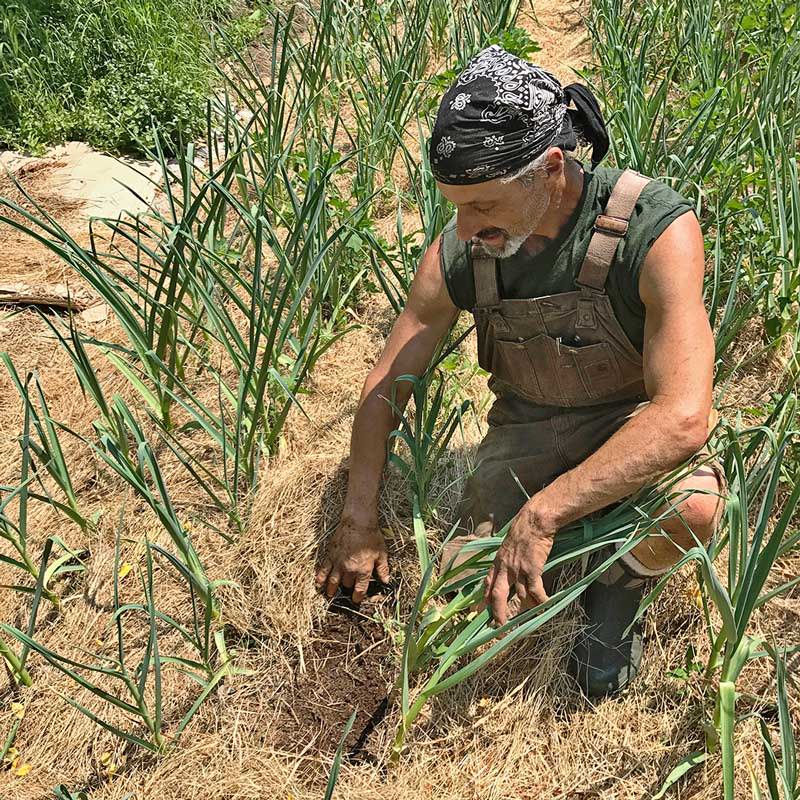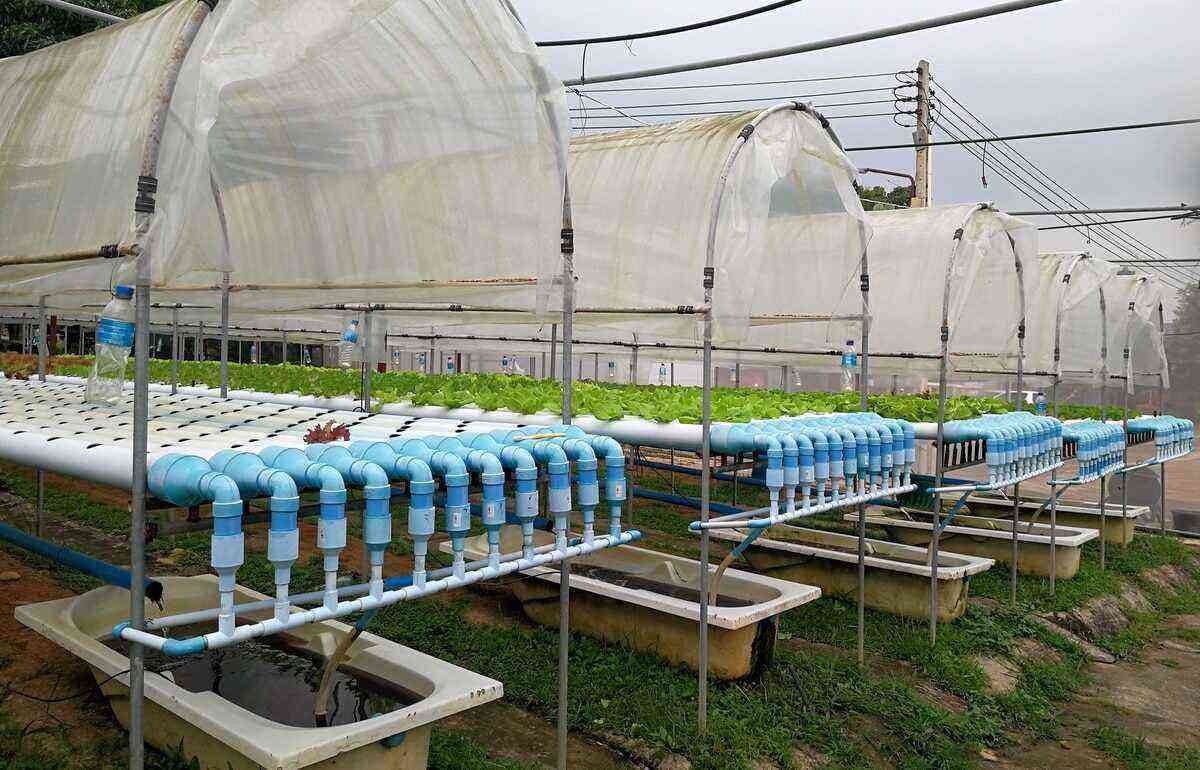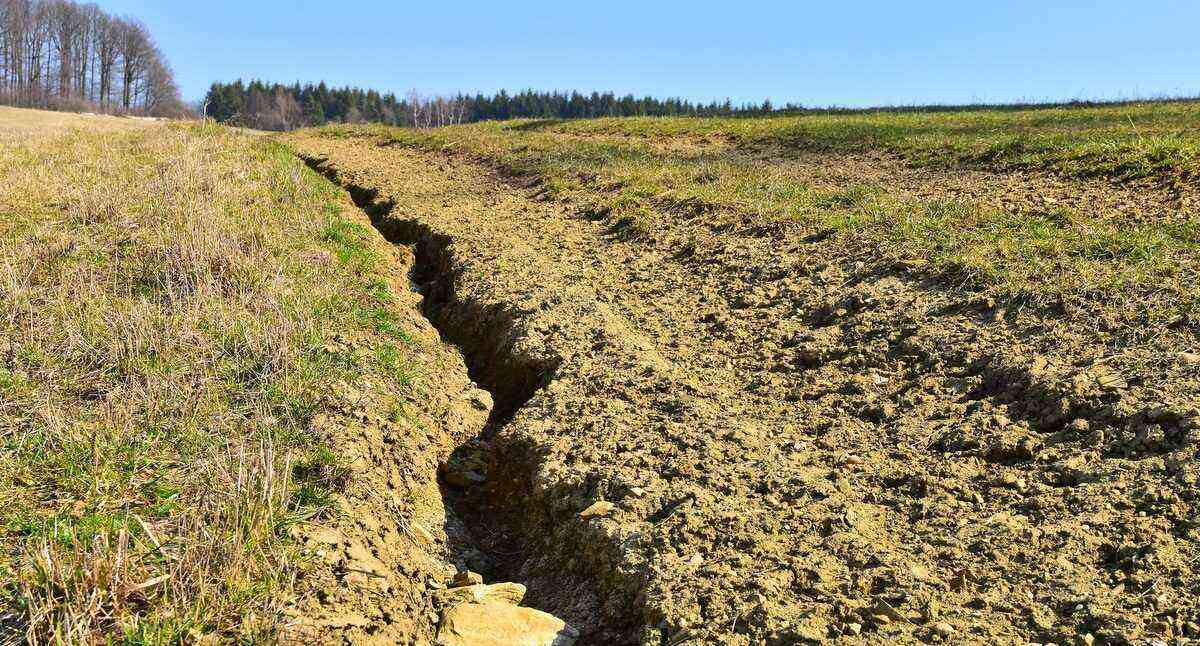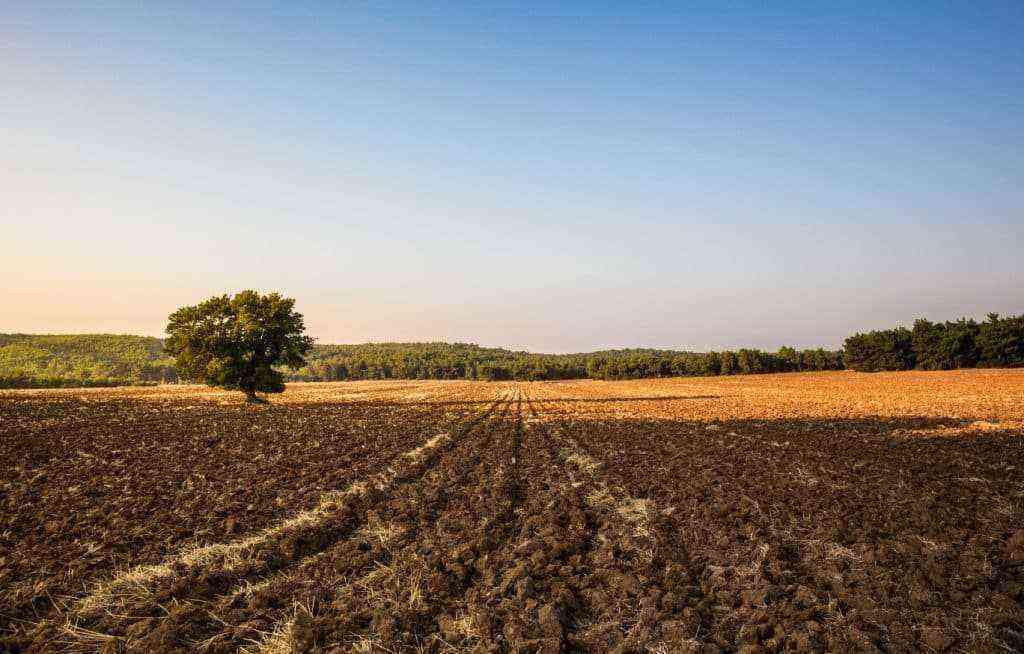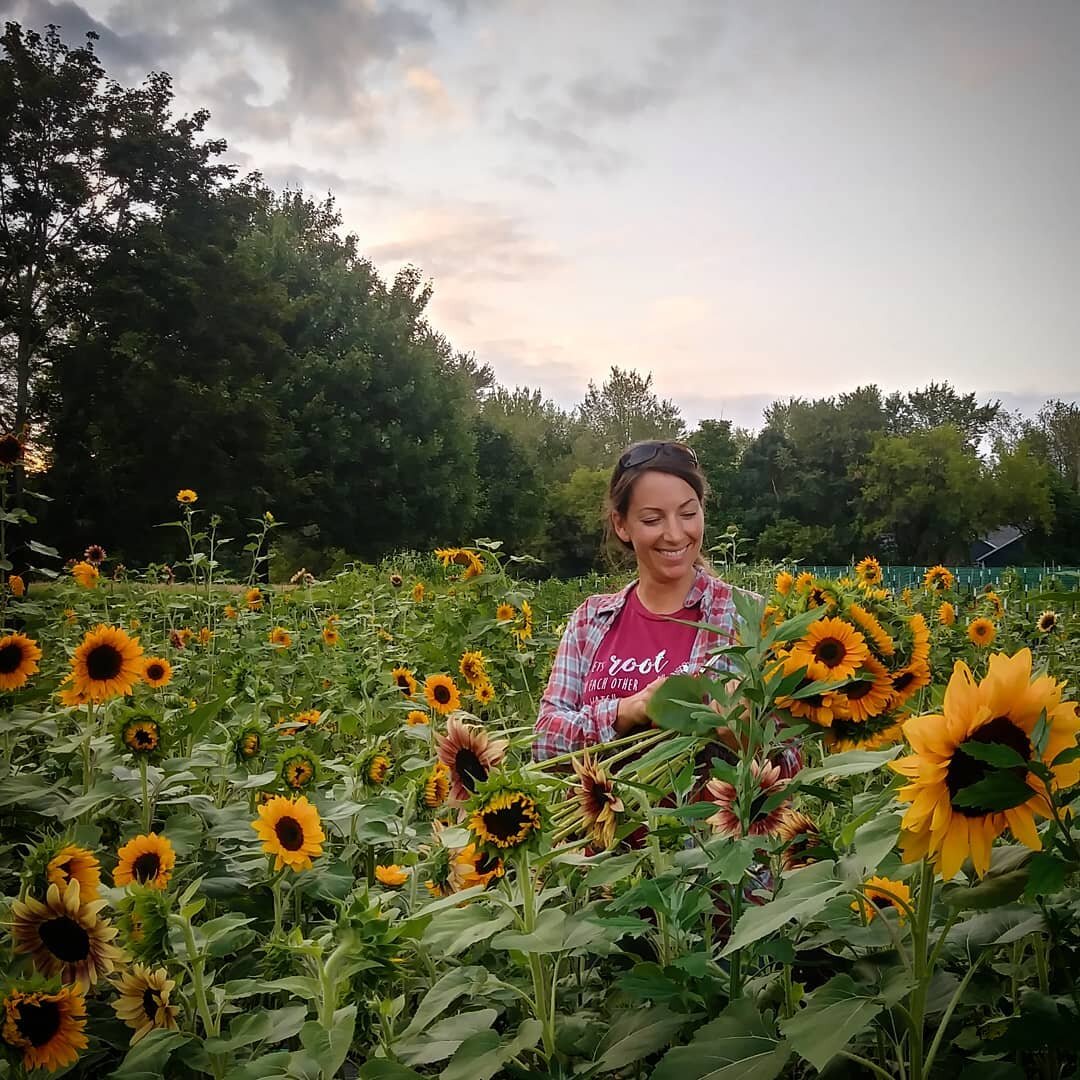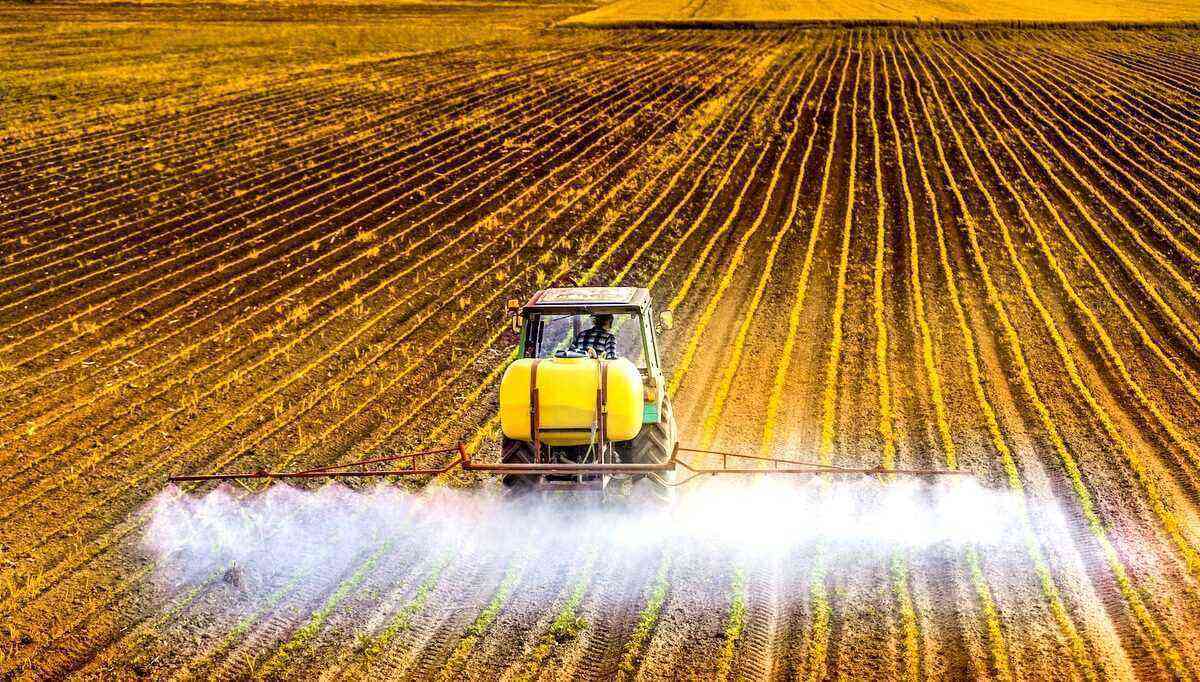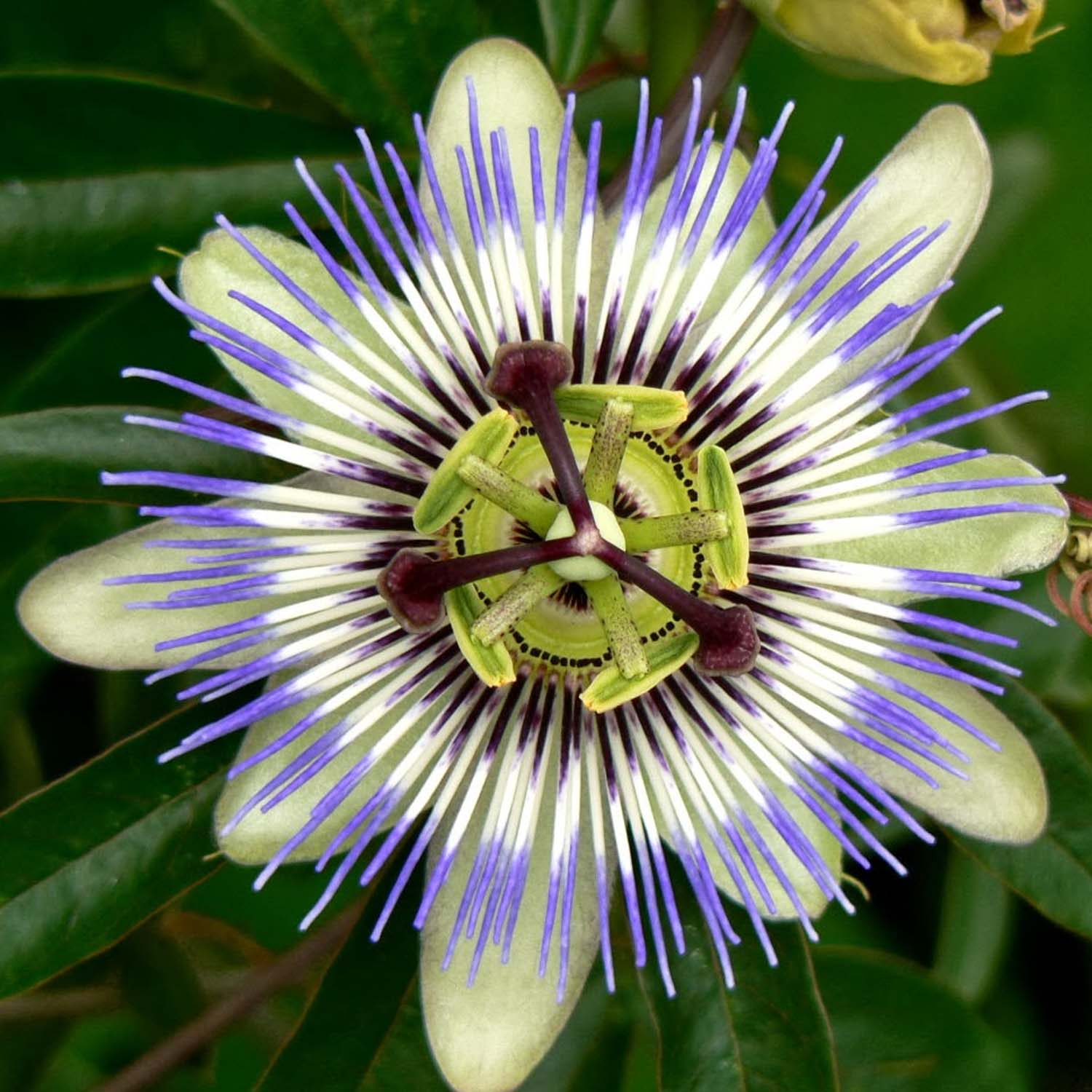Coffee pruning is one of the important practices to ensure good productivity and quality of the harvested product, through the renewal of productive branches.
In general, the practice of pruning serves so that the plants can have their production potentialized, through this renewal.
Considering that coffee is a fruit, new crops do not depend on new planting. But, from a correct management of the plants so that they can produce again with equal or even superior quality to the previous harvest.
In this article, we will present the essential pruning techniques for the coffee crop to develop in the best possible way, through special care.
Importance of coffee to Brazil
Before talking about coffee pruning techniques, it is necessary to remember that coffee production in Brazil is one of the biggest generators of our economy, in addition to being the largest exporter in the world.
In fact, the country accounts for a third of all world production. Its cultivation, in Brazilian soil, occurs in different regions, including allowing the planting of different varieties, such as Arabica and conilon coffee.
Importance of pruning in coffee plantations
Now, let’s go directly to the subject of this article, that is, the types of pruning that need to be applied in coffee plantations to ensure good productivity.
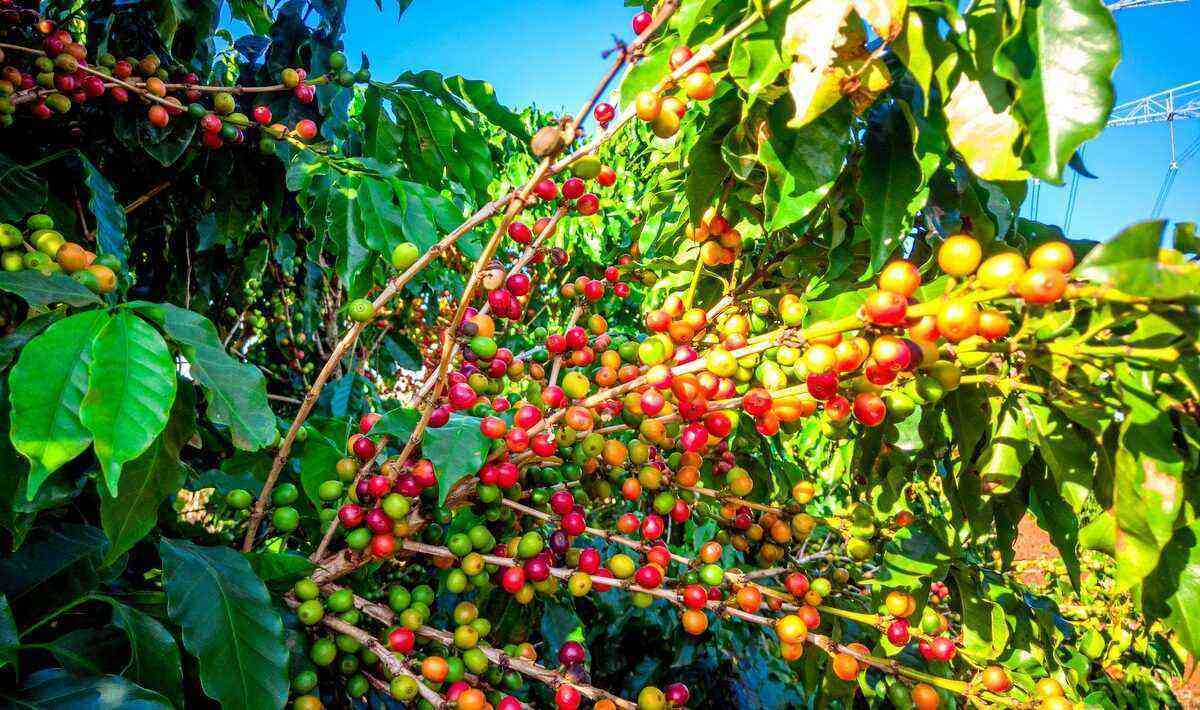
Pruning, when performed correctly, through special care, ensures good productivity of coffee crops in the coming harvests.
Pruning should be carried out in coffee plantations that have good genetics, spacing and adequate phytosanitary conditions, aiming at the greatest possible recovery of the vegetative structure.
The ideal time for pruning coffee is very variable and should be adopted according to the chosen variety, climate, region and also the financial conditions of the coffee grower.
According to an article by agronomist Roberto Antonio Thomaziello, a researcher at the Alcides Carvalho/IAC Coffee Center, the best time is right after harvest, preferably between July and August.
In regions with risk of frost, they should be carried out after the period of greatest occurrence of this phenomenon. In addition, pruning should be carried out after the high harvest year, when the outlook is for low production in the following year.
Formation pruning: it’s the first!
Formation pruning is a technique indicated for the early formation of the canopy of conilon and robusta coffee trees.
It is beneficial as it increases production in the first harvest and makes it possible to standardize production pruning, as the stems will be of the same age.
According to Embrapa, formation pruning can increase productivity in the first coffee crop by up to 30%. These precautions also allow for the standardization of production pruning, since the formed stems will be of the same age.
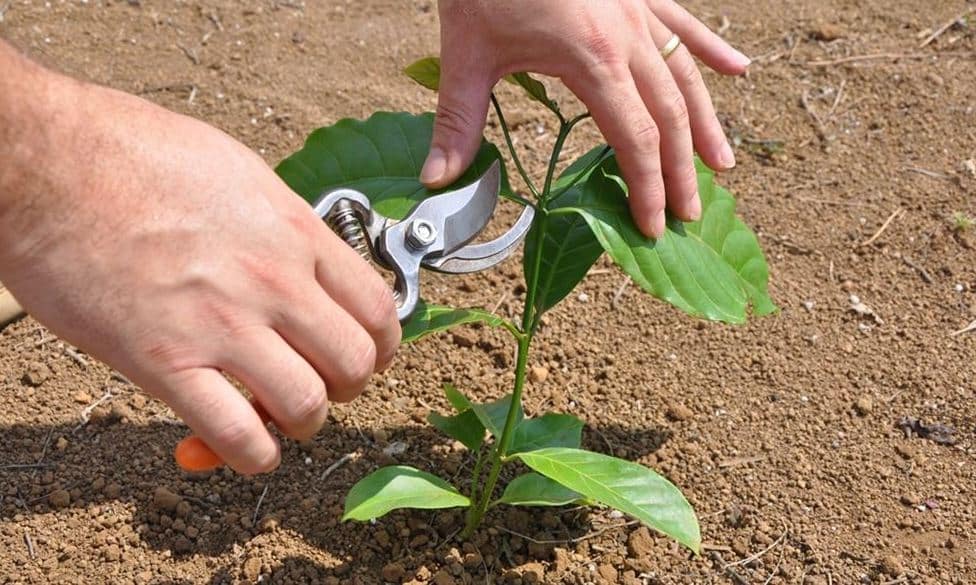
Formation pruning is the first technique to be applied in coffee plantations: it increases productivity and standardizes the other prunings.
Recepa: the low pruning of coffee
The second one that we will cite is the low pruning, commonly called a recepa. It is suitable for crops that have suffered damage caused by the weather, such as frost, for example.
With it, the plant manages to renew itself, as it removes a large part of the trunk. Although at least one crop remains without giving the necessary productivity, this will be compensated in the future.

The recepa is one of the most drastic pruning. It is indicated in situations such as frost, allowing the renewal of affected plants. Photos: CNC.
Woody cecote: facilitates harvesting
with the pruning woody cecote, the cut made in the orthotropic branch, aiming to leave the productive lateral branches freer, that is, those that have potential for the next harvest.
This helps both in the harvest and in the quality of the coffee, as there is a greater incidence of light in these branches, which are out of risk of “suffocation”, for example.
Height control: herbal neckline
When the producer’s intention is to increase the lateral dimensions of the coffee plantation, the herbal neckline it’s a great option. It consists of pruning the height of the plant, eliminating the terminal bud.
The biggest issue is to be prepared for it, just have the space for development after pruning.
Conical shape: skeleton
On the other hand, if the plant has many productive branches and needs to renew others with potential, it is recommended to do the skeleton.

Skeleting is the type of pruning most used in coffee growing. They are care aimed at increasing the growth of side branches.
In fact, in this type of pruning, the cut is directed towards the ends of the plant, resulting in a conical shape. This allows for branch renewal. Of course, preserving those with productive potential.
Crop: pruning of the coffee productive branches
This type of pruning also gives the coffee plantation a conical shape, however, it is done by cutting productive branches.
The intention of the emerge is to enhance the growth of lateral branches, increasing productivity.
Coffee pruning goals
There are many alternatives for the producer when it comes to coffee pruning.
It is important to understand and do tests to better understand the condition of the coffee plants. This makes it easier to identify special care for successful harvests.
To summarize, check out the objectives of pruning in coffee plantations below:
- Renew the productive branches;
- Adapt the architecture of the plant for cultural practices;
- Alleviate the productive differential each year between plants of the same crop (biennial)
- Reduce damage caused by weather events (such as frost) as well as pests and diseases;
- Facilitate light and aeration of crops;
- Invigorate weakened plants.
No video below, check out the step-by-step programmed pruning arabica coffee cycle:
Source: Incaper.
Is pruning just enough?
We know that pruning alone does not determine the success of production, but it is on the list of good practices for a satisfactory harvest in different crops.
Acts such as good fertilization, soil conditions, care during the harvest, among others, collaborate together for the quality standard of Brazilian coffee.
So, as a producer, you must pay attention to your coffee plantation and also to new technologies and information in the sector. Undoubtedly, it will contribute to maintaining the success of each harvest.
Speaking of soil conditions, check out our article on the importance of monitoring your fertility.

